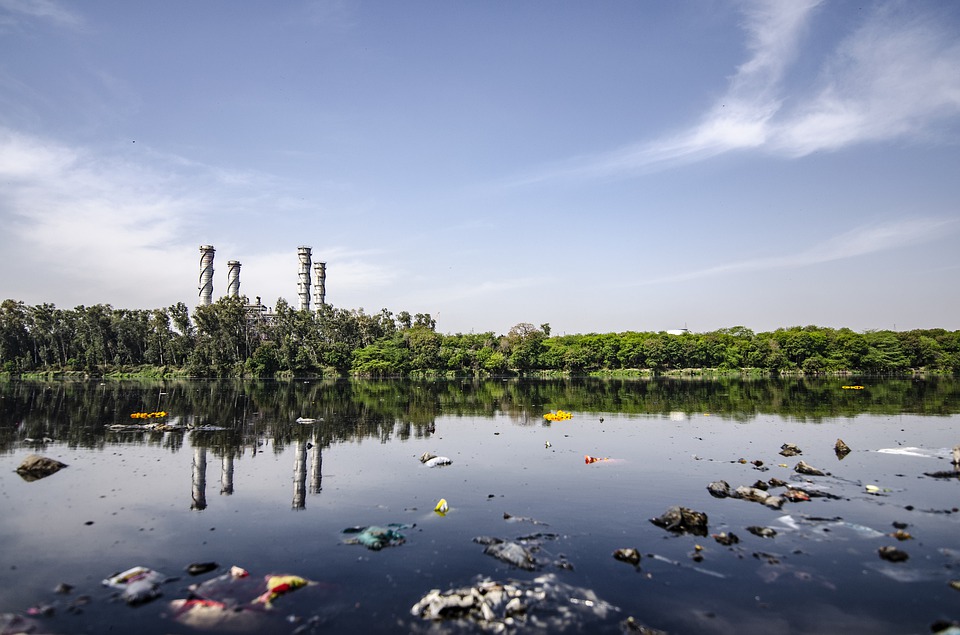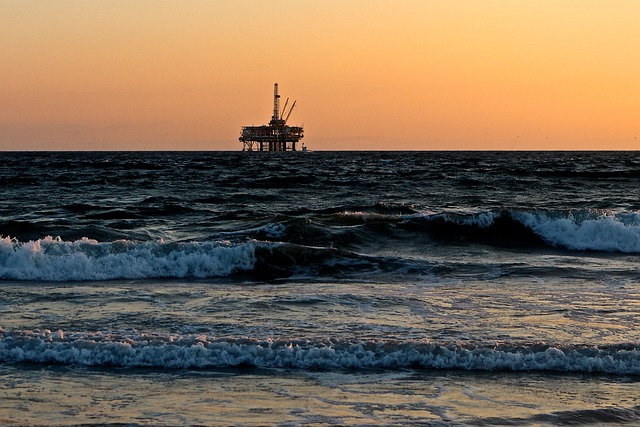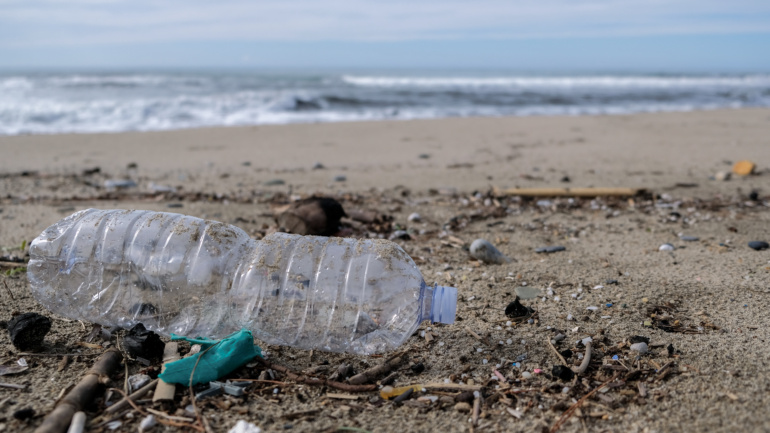By Emma Cheriegate, Staff Researcher & Writer at Save the Water™ | November 27, 2021
Water’s nickname is the “universal solvent” due to its capacity to dissolve more material than any other liquid on our planet. This ability makes water easily polluted, which poses a significant risk to our ecosystems and our drinking water. In the United States alone, almost half of our rivers and streams are not safe enough for swimming, fishing, or drinking. But you can learn about river pollution and help with solutions.
We get most of our water from rivers. As worldwide populations increase, so does pollution. Primary water pollution sources are farming, industrial factories, and towns/cities.
From the Nile in Africa to the Amazon in South America, rivers worldwide face these same pollution issues. So how is each community responding, and what can we learn from one another? To understand this, we must first look at the similarities and differences in causes of river water pollution.
What Causes River Pollution?
Riverine pollution refers to the pollution of river water from human activity. Rivers naturally transport organic and inorganic pollutants. Some examples of river pollution causes include:
- Nutrients (such as phosphorus and nitrate)
- Chemicals (such as heavy metals)
- Groundwater pollutants (from pesticide use in agriculture)
- Oil spills or wastewater seeping into the ground
Each region experiences one or more of these forms of pollution. In Brazil, the main contributors to Amazon River pollution are mining, deforestation, and dam construction. The United States’ Ohio River receives high levels of nitrate concentration from steel factories. The world’s longest river, the Nile River, stretches 4,132 miles, and its basin affects 11 different countries, including Ethiopia. The Nile’s largest threats are contamination from human waste and new dam construction in Ethiopia.
Increased water pollution starts geopolitical conflicts. Rivers often pass through multiple boundary lines that separate counties, states, and countries. These regions often have contrasting laws and regulations on water pollution, which makes a collective solution difficult. This difficulty can also allow one group to contribute more pollution to water that flows down into another group’s region.
Furthermore, a state or country such as Ethiopia might decide to construct a dam, preventing water from reaching another area such as Egypt. This causes resource disparity, as some regions will naturally receive more water than others. In sum, many communities suffer both environmental and economic consequences of water pollution.
Diverse Solutions to River Pollution
Many people are trying to stop river pollution. People dump trash and plastic into the Nile River. To counteract this, activist groups conduct clean-ups and training to raise awareness and decrease plastic use. Also, the activists galvanize corporations to construct boats to clean up. The United Nations supports one of these initiatives.
People are also pushing back to protect the Amazon River. Similar to the people dependent on the Nile, groups advocate for sustainable management and accountability for the Amazon River. In 2018, the World Wide Fund for Nature published a comprehensive report to tackle the pollution caused by mining. The publication makes recommendations to governments, buyers, and gold and mercury retailers for better, safer practices.
In contrast, the United States emphasizes legislation. These environmental regulations aim to control and limit the amount of toxic river pollution. In addition to regulatory action, some researchers suggest wetland restoration to reduce excess nutrients such as nitrate and phosphorus.
How You Can Help Reduce River Pollution
Solving river pollution can feel overwhelming. Thankfully, you can help:
- Dispose of hazardous materials safely by contacting your county’s waste management department in the United States, as they usually accept some hazardous waste.
- Don’t pour cleaners, paints, or grease down your drain.
- Stop using fertilizers and pesticides. These chemicals pollute rivers.
- Attend clean-ups. Organizations often plan clean-up events, so find one near you!
- Donate to Save the WaterTM.
- Don’t flush pills down the drain.





